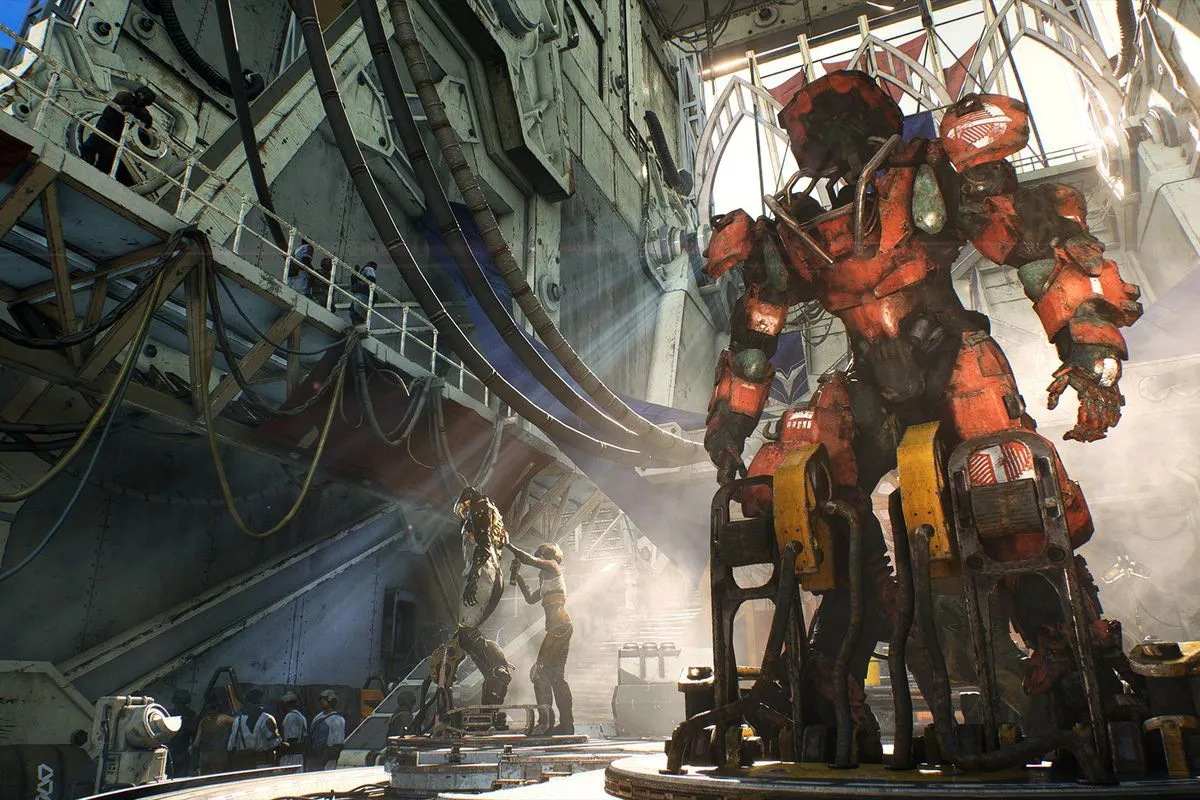
Anthem: A Fallen Anthem of Gameplay and Narrative
BioWare, a studio with over two decades of acclaimed RPG development, has crafted a legacy of compelling narratives and engaging worlds. Their name has become synonymous with deep storytelling, influencing countless gamers, artists, and aspiring developers. With Anthem, however, BioWare seems to have traded their role as standard-bearers for that of trend chaser. This looter-shooter falls short of expectations in both gameplay and narrative, leaving a legacy far removed from the studio’s celebrated past.
 alt text describing the bleak landscape of Anthem
alt text describing the bleak landscape of Anthem
A Disconnected Narrative
BioWare games often begin with ambitious, epic narratives, plunging the player into immediate conflict. Anthem attempts a similar approach, casting you as a Freelancer, tasked with protecting humanity from external threats. The Freelancers’ failure to contain the Heart of Rage disaster, compounded by the Dominion’s actions in Freemark, has shaken public trust. Your mission: quell the Heart of Rage and restore the Freelancers’ honor.
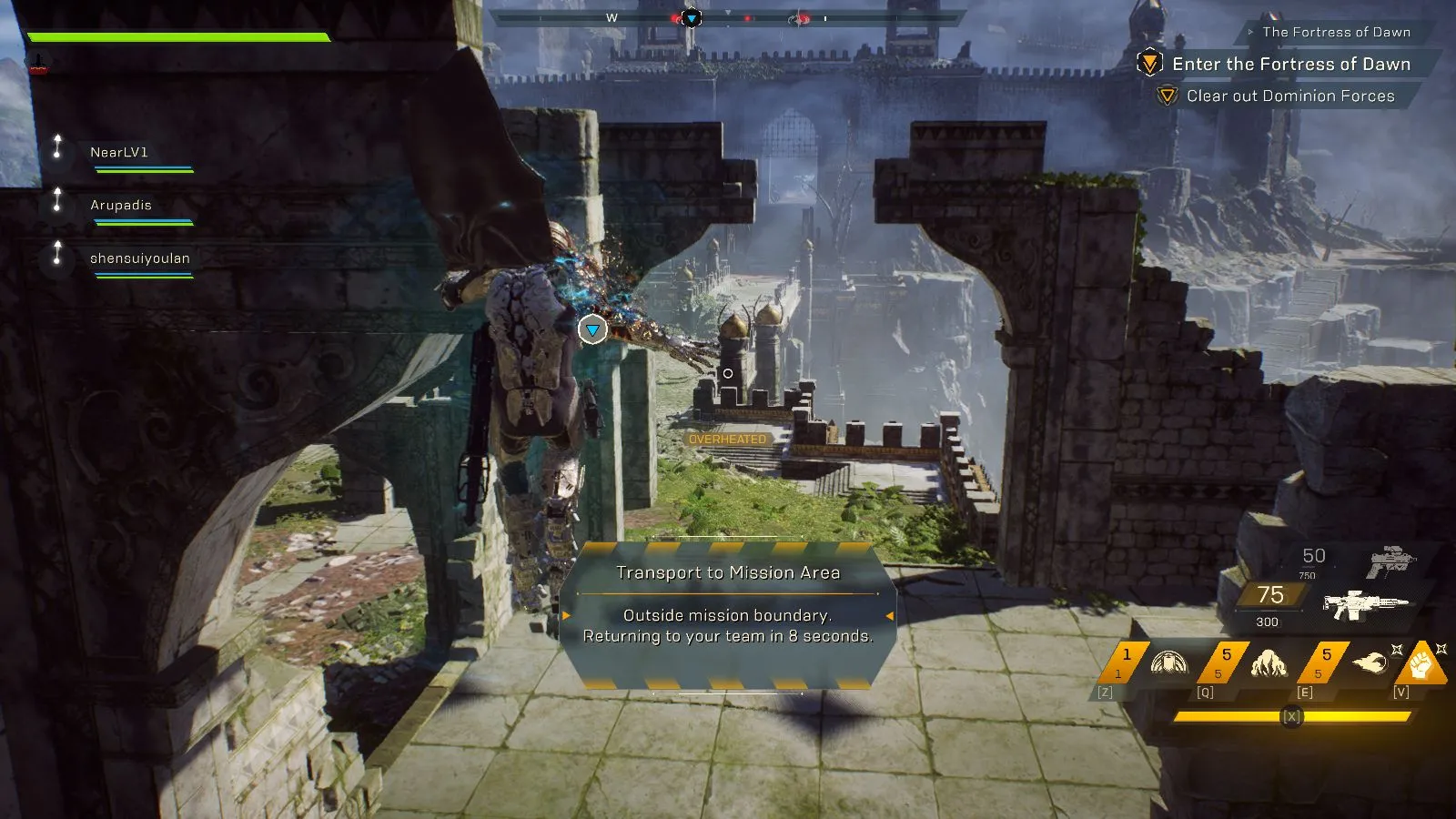 alt text showing a scene from Anthem's opening
alt text showing a scene from Anthem's opening
The premise is intriguing, but the execution falters. The game skips the pivotal Freemark battle, instead opening with a different mission two years prior. This crucial omission disconnects the player from the core conflict. The narrative continues to stumble, presenting a 15-18 hour campaign with an uneven pace. The plot follows a predictable pattern: receive a request for help, find the solution, encounter a problem with the solution, find an alternative, and finally, confront the antagonist. The narrative fails to explore intriguing concepts like the Manifold, Cataclysm, and Echo spheres, instead relying on generic plot devices.
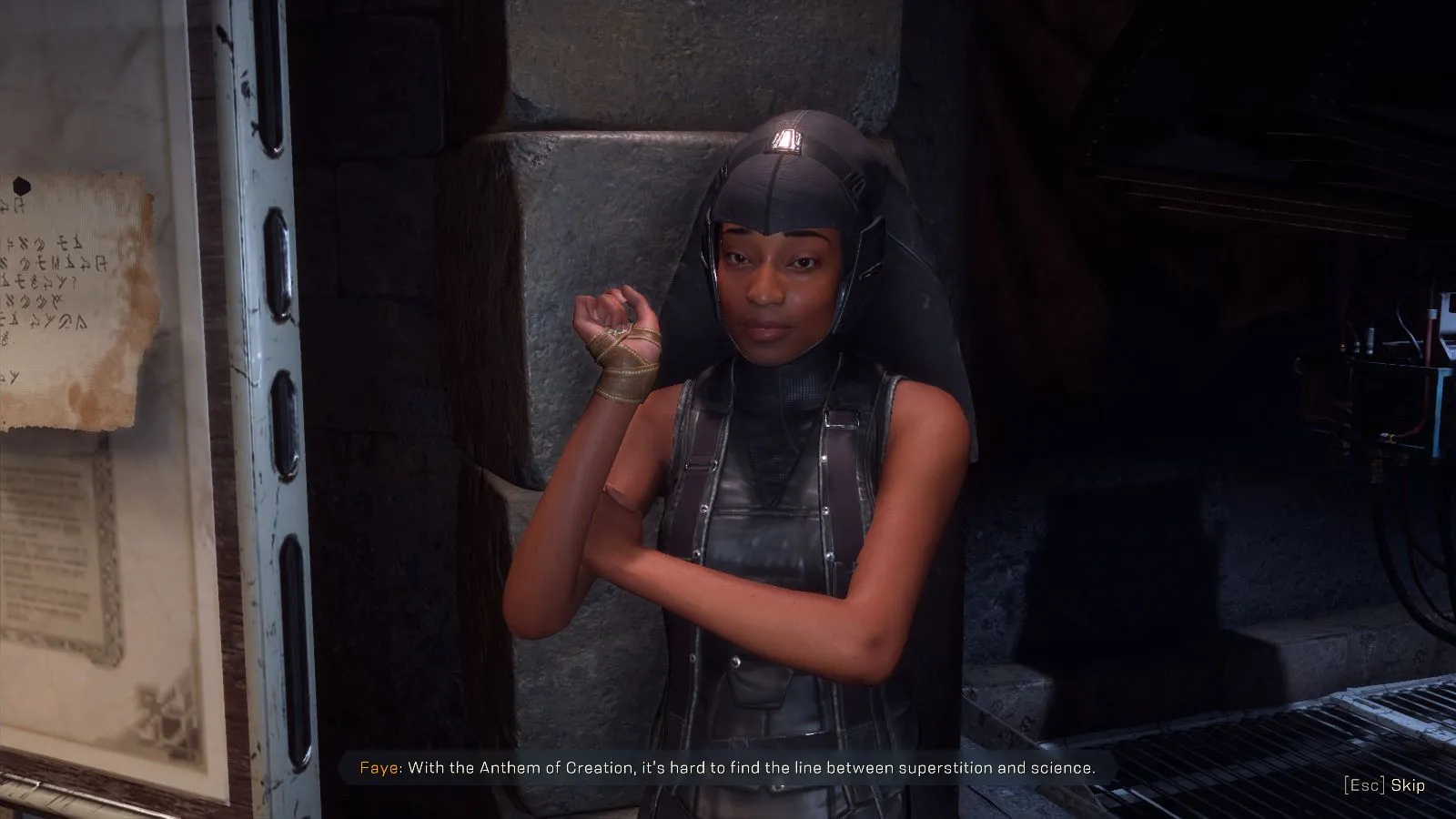 alt text showcasing the environment of Anthem
alt text showcasing the environment of Anthem
The characters, too, are a disappointment. Faced with a world-threatening disaster, the supporting cast often behaves childishly, undermining the gravity of the situation. The antagonist, aptly named the “Monitor,” lacks depth and motivation. Even the dialogue system, a hallmark of BioWare games, is reduced to two simplistic response options, delivered from a static first-person perspective. This stands in stark contrast to the dynamic conversations of BioWare’s past.
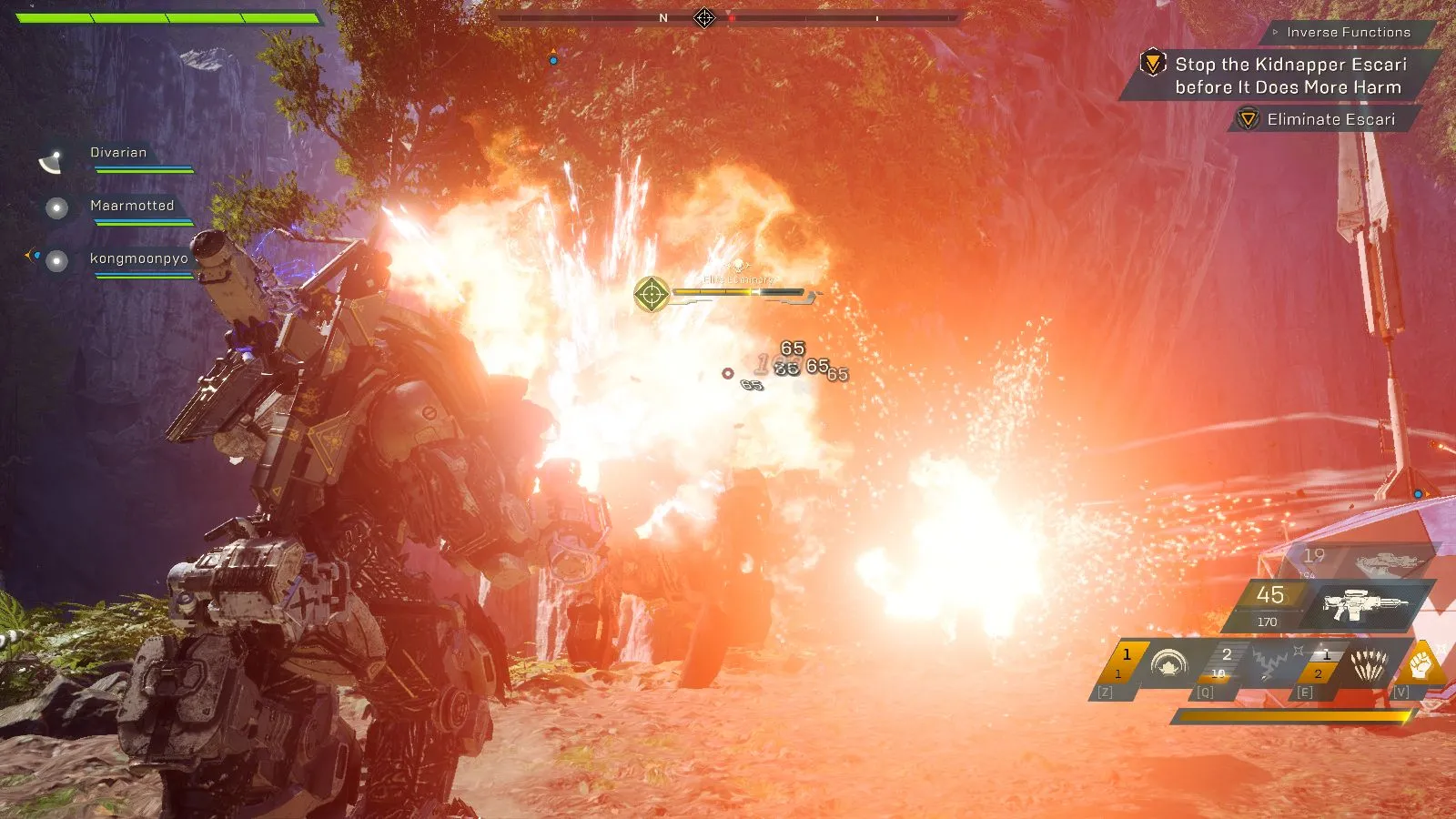 alt text featuring a conversation scene in Anthem
alt text featuring a conversation scene in Anthem
Gameplay: A Repetitive Grind
Anthem‘s core gameplay loop revolves around flying, shooting, and looting. The movement mechanics are fluid and satisfying, allowing for seamless transitions between ground combat and aerial maneuvering. However, the combat itself fails to capitalize on this potential. Flying becomes primarily a mode of transportation, rarely integrated into combat strategies.
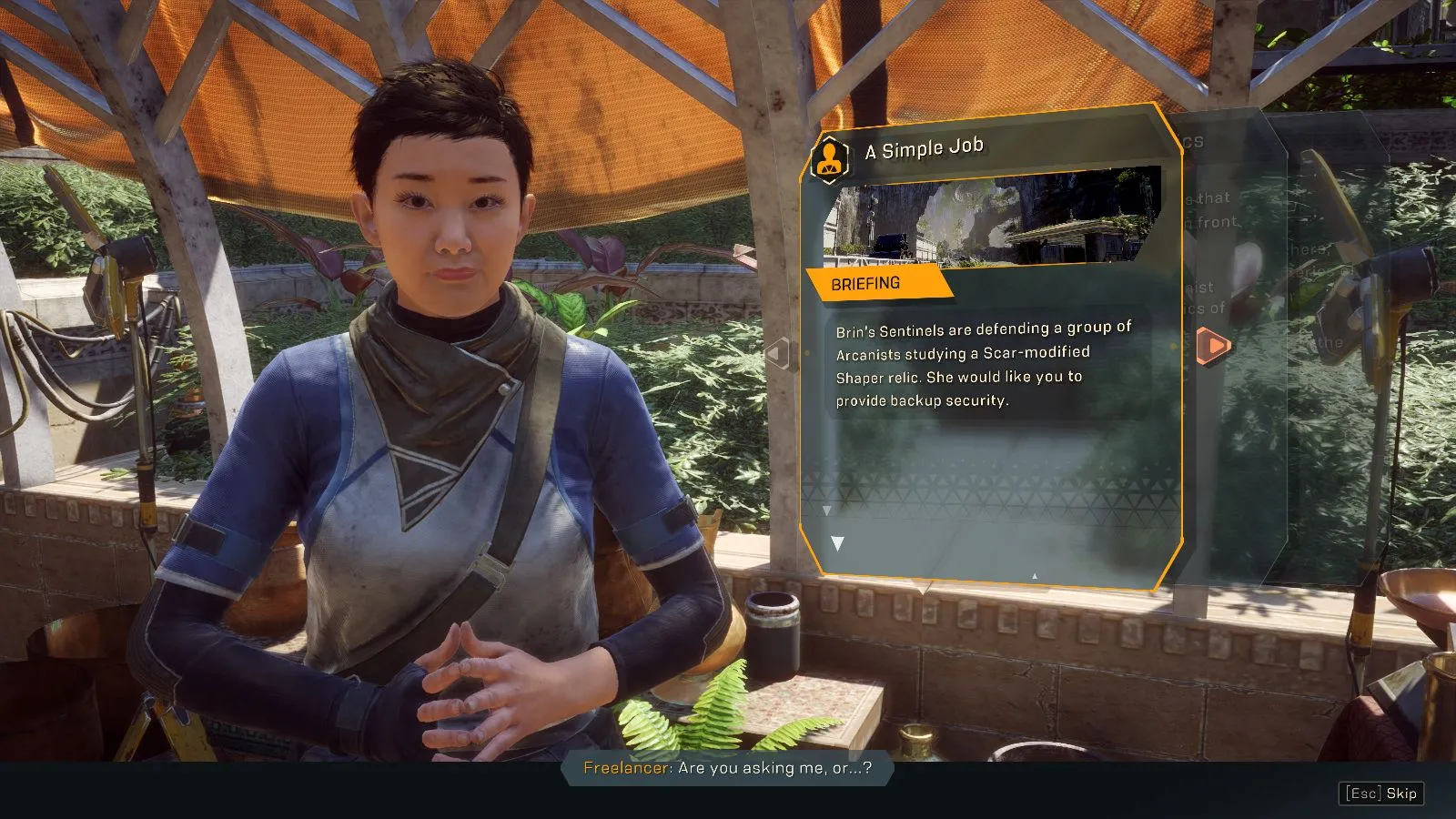 alt text displaying Anthem's combat
alt text displaying Anthem's combat
The RPG elements also lack depth. Character progression is tied to Javelin upgrades, with components, abilities, and weapons defining your playstyle. The combo system, while initially interesting, quickly becomes repetitive and predictable. Weapon variety is limited, with only Masterwork versions offering unique attributes. The loot system is further hampered by confusing inscriptions and a lack of clear explanations for stats and mechanics.
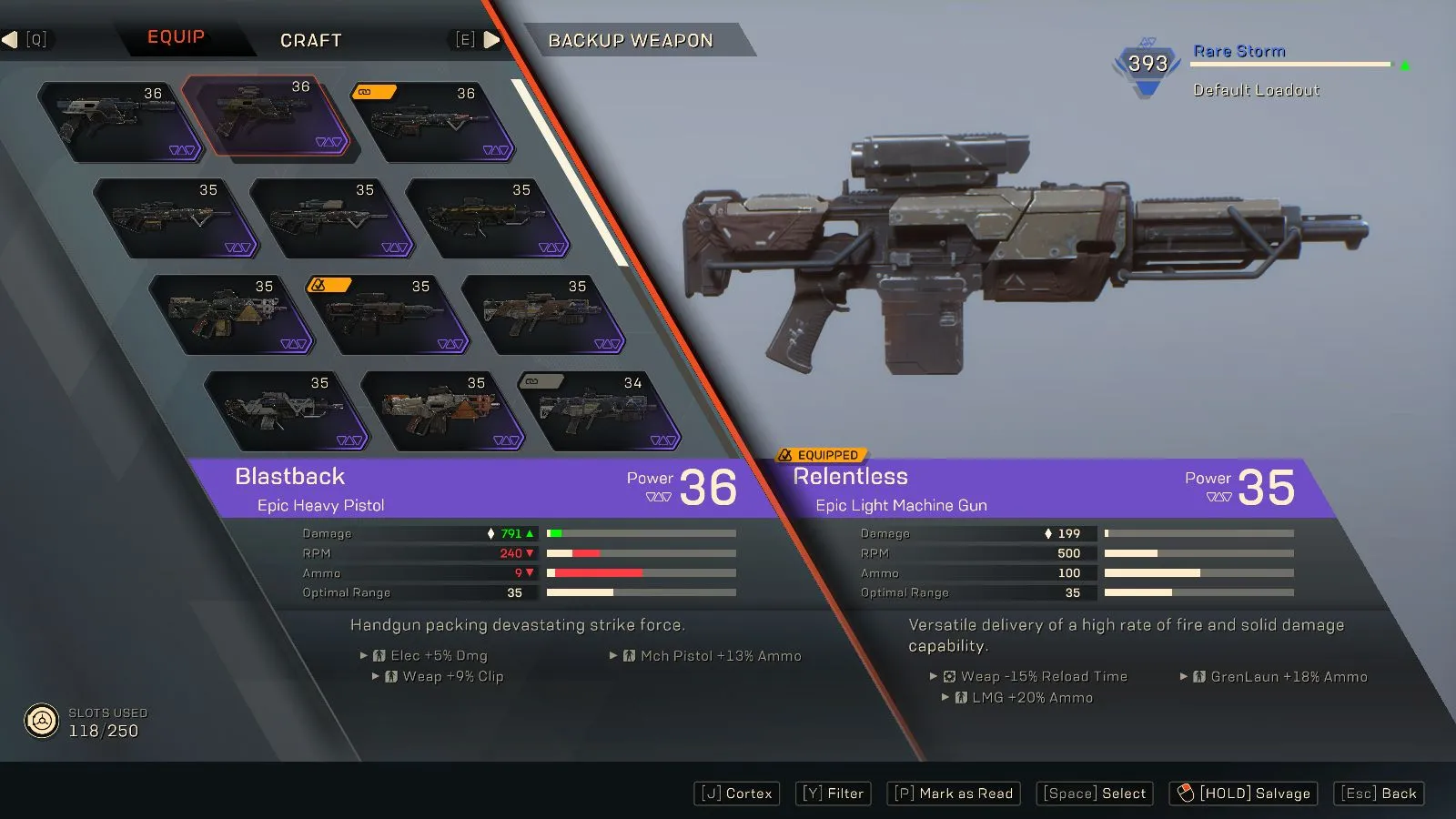 alt text showcasing the Javelin customization screen
alt text showcasing the Javelin customization screen
Missions and activities follow a predictable structure: fight enemies, complete a task, repeat. Whether embarking on story missions, world events, or Strongholds, the gameplay becomes repetitive. The world, while visually stunning, suffers from a small scale and repetitive environments. Technical issues, such as loading screens and awkward respawn mechanics, further disrupt the gameplay flow.
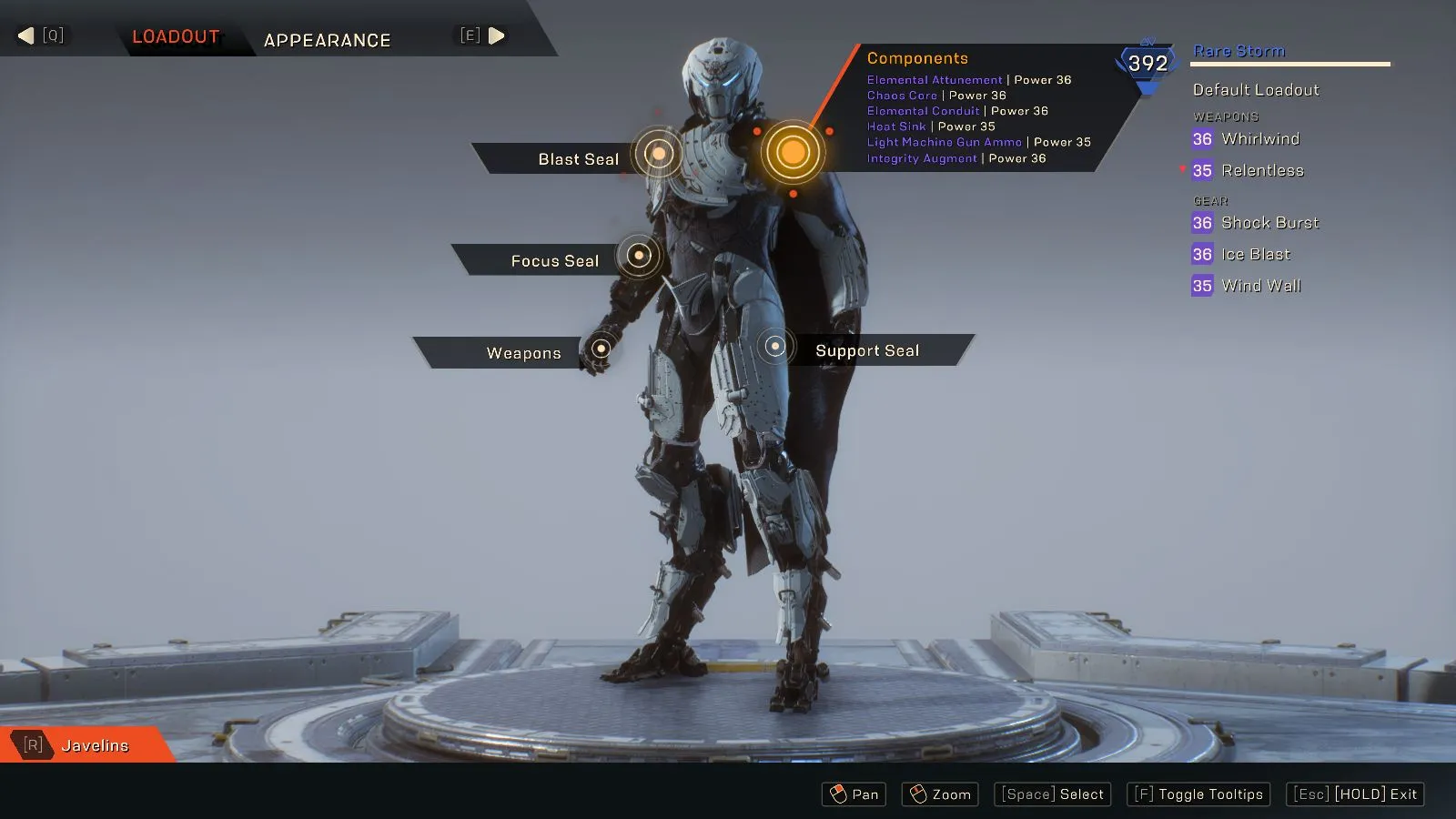 alt text showing a mission objective in Anthem
alt text showing a mission objective in Anthem
The endgame content is equally disappointing. Reaching level 30 unlocks Grandmaster difficulty and the opportunity to grind for better gear. However, the lack of new content, meaningful rewards, and challenging activities makes this grind tedious. The absence of raids, PvP, and other endgame staples leaves players with little to do once the main campaign is complete.
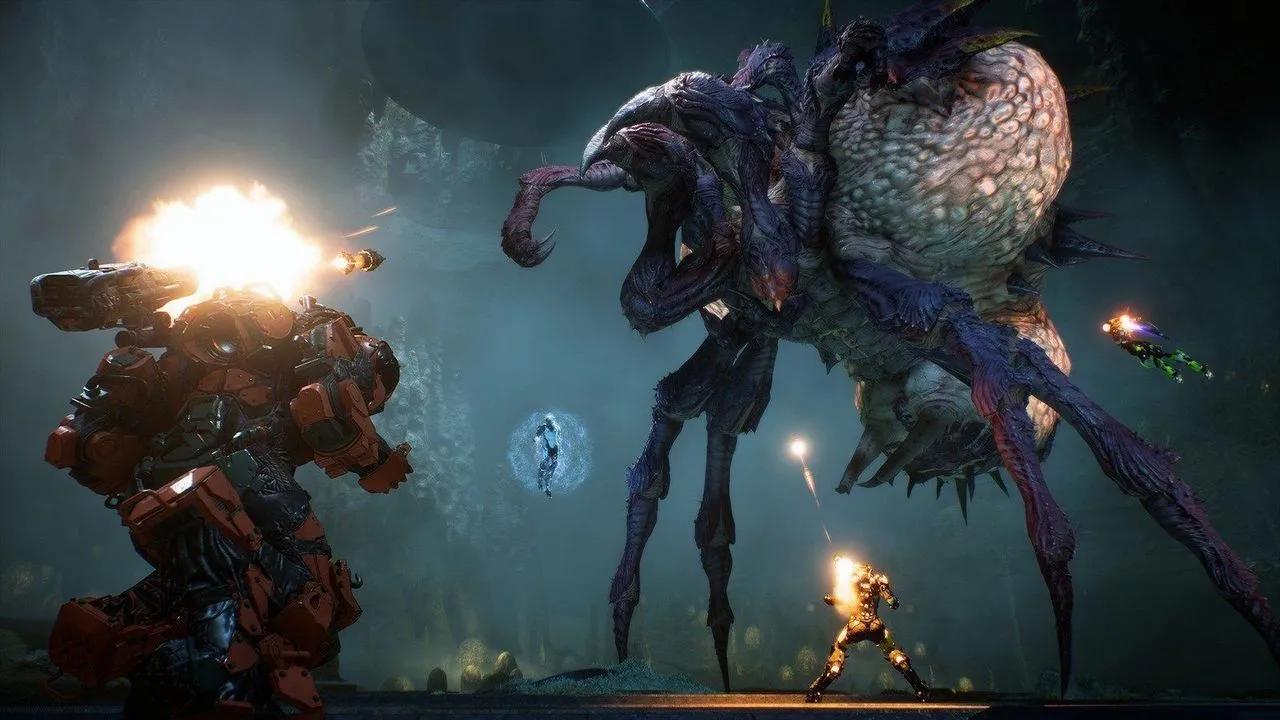 alt text featuring the end-game environment
alt text featuring the end-game environment
A Missed Opportunity
Anthem had the potential to be a compelling looter-shooter, blending BioWare’s storytelling prowess with engaging gameplay. However, the game falls short in both areas, offering a repetitive grind and a disconnected narrative. The lack of polish, coupled with the shallow endgame content, makes Anthem a missed opportunity for BioWare and a disappointment for fans.





Comments (0)